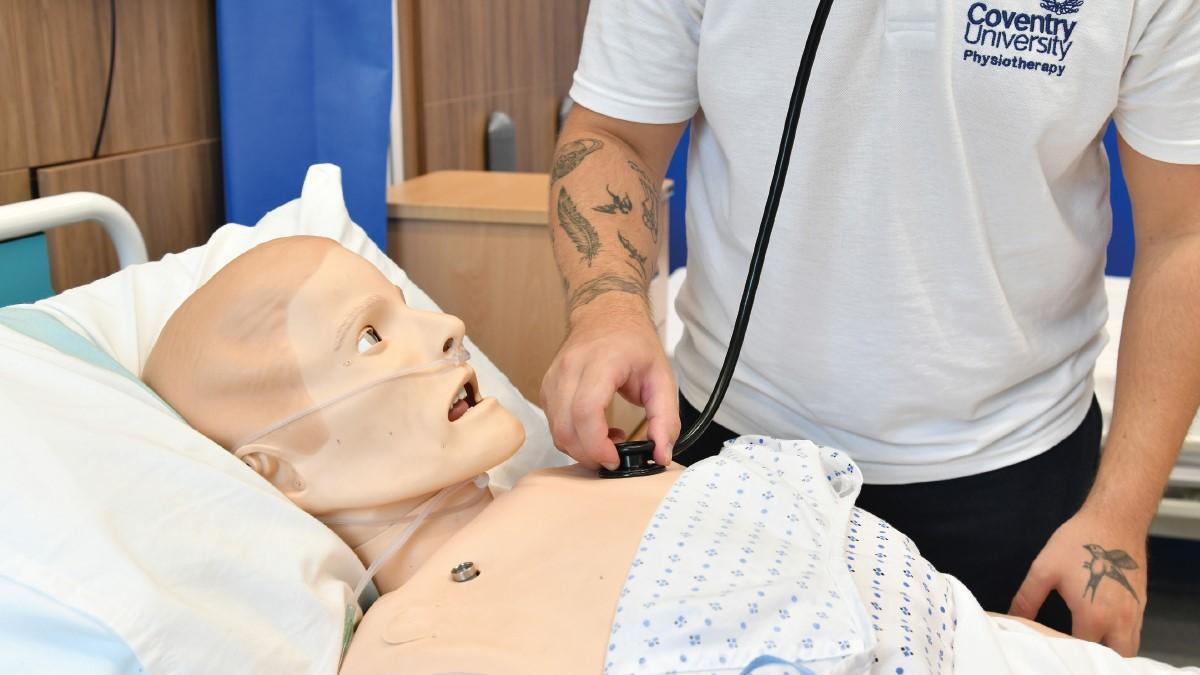Find out what simulation-based learning (SBL) is and how it's becoming increasingly important in the teaching and learning of healthcare professionals

What is simulation?
There isn't one set definition for simulated learning. Definitions include:
- 'Simulation is a technique – not a technology – to replace or amplify real experiences with guided experiences that evoke or replicate substantial aspects of the real world in a fully interactive manner.' (Gaba, DM, 'The future vision of simulation in health care', Quality and Safety in Health Care, 2004: 2-10.)
- 'Simulation-based learning is an education technique that allows interactive, and at times immersive, activity by recreating all or part of a clinical experience without exposing patients to associated risks.' (Maran NJ and Glavin RJ, 'Low- to high-fidelity simulation – a continuum of medical education?', Medical Education, 2003: 22-28.)
- Simulation can provide a risk-free training space where learners may try out various approaches and learn from their mistakes while providing them with an opportunity to acquire important skills and gain confidence.
What is high-fidelity and low-fidelity simulation?
High-fidelity simulation is a form of simulation that closely resembles real-life scenarios. It can involve the use of advanced facilities like mannequins, computer programs, and virtual reality.
Low-fidelity simulation involves simpler and less realistic simulations, such as role-play.
Both high- and low-fidelity simulations are valuable tools as they provide opportunities for students to practice and refine their skills in a safe, controlled environment.
Why use SBL in physiotherapy education?
There are lots of reasons why SBL can be used in physiotherapy education. SBL could help to standardise learning to ensure all students are offered similar educational opportunities and exposure for professional practice preparation.
It could provide opportunities to help prepare students for professional practice in areas where exposure is limited due to practical reasons. Examples include intensive care units or places where placement-based learning capacity is limited such as paediatrics.
Simulation-based education provides a controlled environment in which learners can gain practical experience and develop necessary skills without posing any risks to patients or themselves. It can enhance safety in less common but important clinical scenarios.
How can simulated-based learning be used?
Simulated-based education can be used to practice skills, such as clinical techniques, and manual therapy, for example with the use of mannequins to practice suction techniques.
Simulated scenarios and case studies may be used to enhance students’ critical thinking and decision-making abilities.
Simulation role play can be used to help learners to practice and develop communication and interpersonal skills, such as gaining informed consent, and providing information about conditions and possible treatments.
Simulation can also be used to prepare learners for practice placement, and there are some examples of when simulation have been used to supplement practice-based learning hours.



































